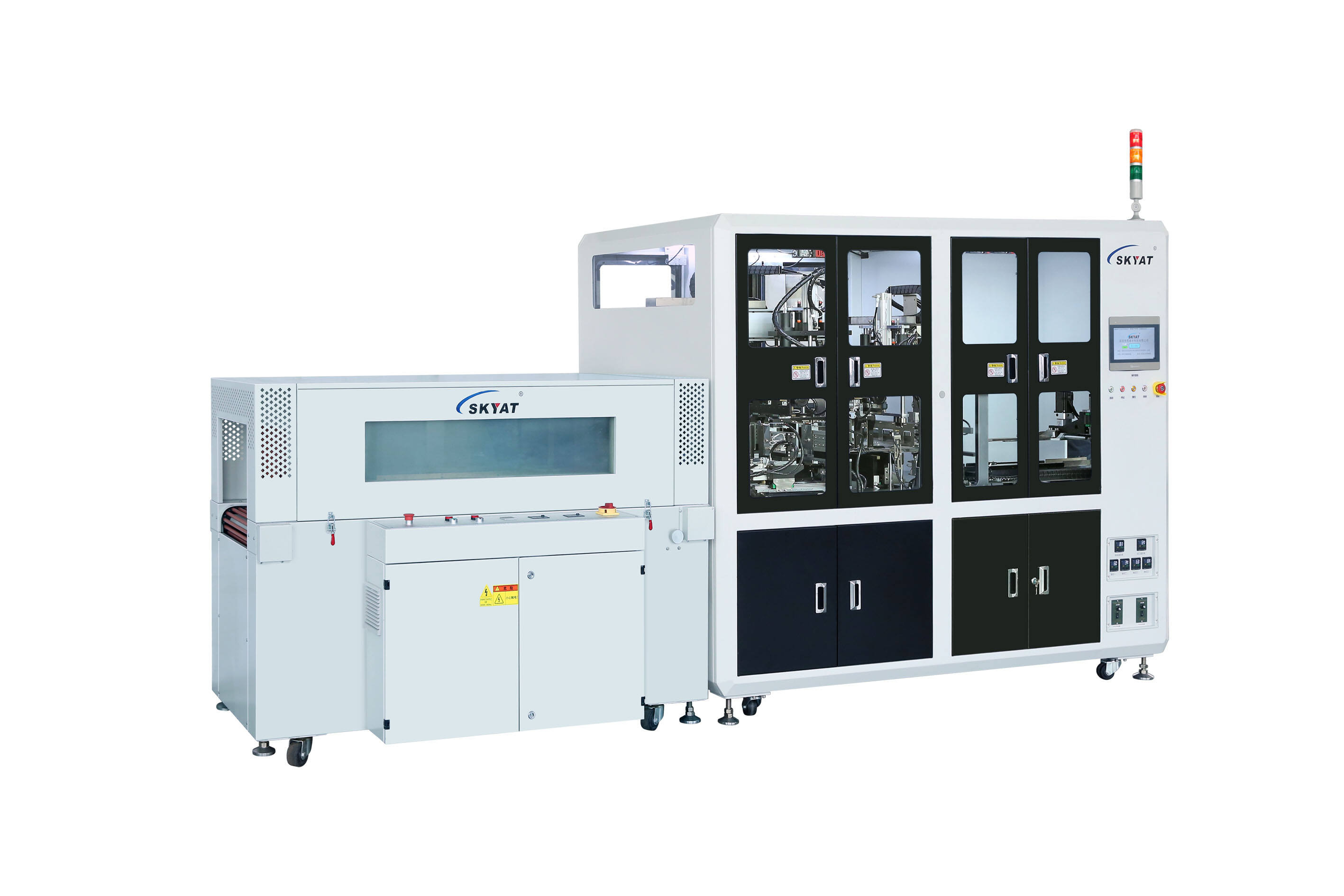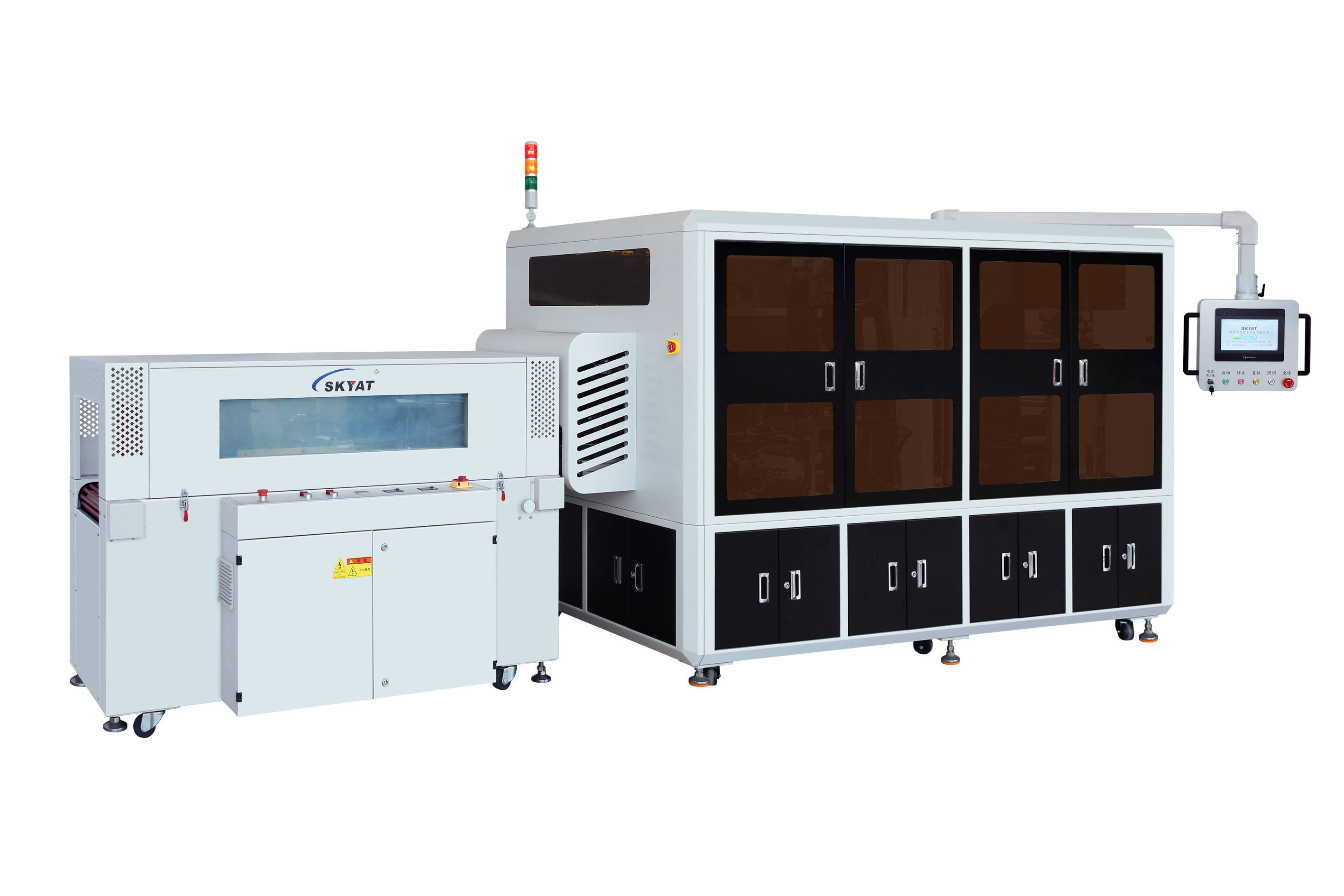A cost comparison of shrink wrapping machines involves analyzing both upfront expenses and long-term operational costs, which vary significantly based on machine type—manual, semi-automatic, and fully automatic. This analysis is crucial for businesses across industries, from small tea producers to large automotive manufacturers, as it helps balance initial investment with ongoing efficiency. Manual shrink wrapping machines have the lowest upfront costs, ranging from a few hundred to a couple of thousand dollars. These basic systems, often consisting of a heat gun or small shrink tunnel, are accessible for small-scale operations like boutique cosmetics or custom ceramic workshops. However, their long-term costs are higher due to labor requirements—one operator per machine is typically needed, and hourly wages add up over time. For example, a small healthcare products brand using a manual machine for 100 items daily may spend more on labor annually than the machine itself costs. Additionally, manual machines tend to waste more film due to inconsistent cutting, increasing material expenses. Semi-automatic machines strike a middle ground, with upfront costs ranging from several thousand to tens of thousands of dollars. They reduce labor needs by automating film feeding and sealing, allowing one operator to manage multiple machines. This cuts labor costs by 30-50% compared to manual systems, making them ideal for medium-volume industries like smart electronics component manufacturing. Material waste also decreases, as semi-automatic machines use pre-cut film lengths, reducing excess. For a tea processing facility producing 500-1,000 boxes daily, the savings in labor and film often offset the higher initial cost within a year. Fully automatic machines have the highest upfront costs, from tens of thousands to over a hundred thousand dollars, but offer the lowest long-term expenses for high-volume operations. They eliminate most labor costs—one operator can oversee an entire line—and minimize film waste through precise, sensor-controlled cutting. In automotive part production or new energy component manufacturing, where daily output exceeds 10,000 units, the savings in labor and materials are substantial. For instance, a game console manufacturer using a fully automatic machine can reduce film waste by 20-30% and labor costs by 70% compared to manual methods, recouping the initial investment within 1-2 years. Other cost factors include maintenance and durability. Manual machines, with fewer moving parts, have lower maintenance costs but may need replacement sooner under heavy use. Fully automatic machines require regular professional maintenance but have longer lifespans—up to 10-15 years—making them cost-effective for long-term operations. Repairs for automatic machines are more expensive, but their reliability and predictive maintenance features e.g., sensor alerts for worn parts reduce unexpected breakdowns, minimizing downtime costs. When comparing costs, businesses must consider their production volume and growth projections. A small ceramic studio may find a manual machine most cost-effective, while a large steel parts manufacturer will benefit from a fully automatic system. By weighing upfront investment against ongoing expenses, businesses can select a shrink wrapping machine that aligns with their budget and operational needs.




Copyright © 2025 By Skyat Limited. - Privacy policy